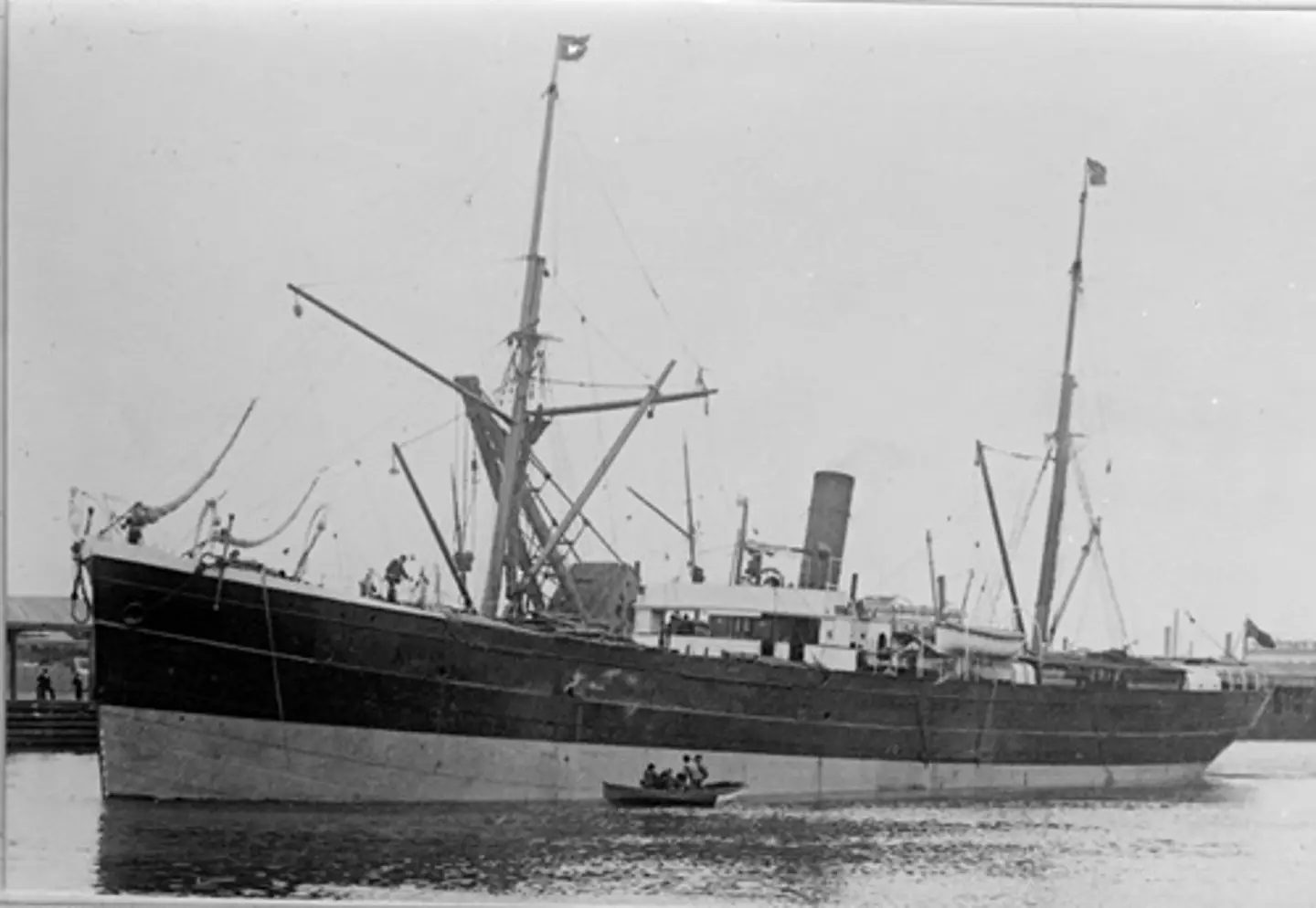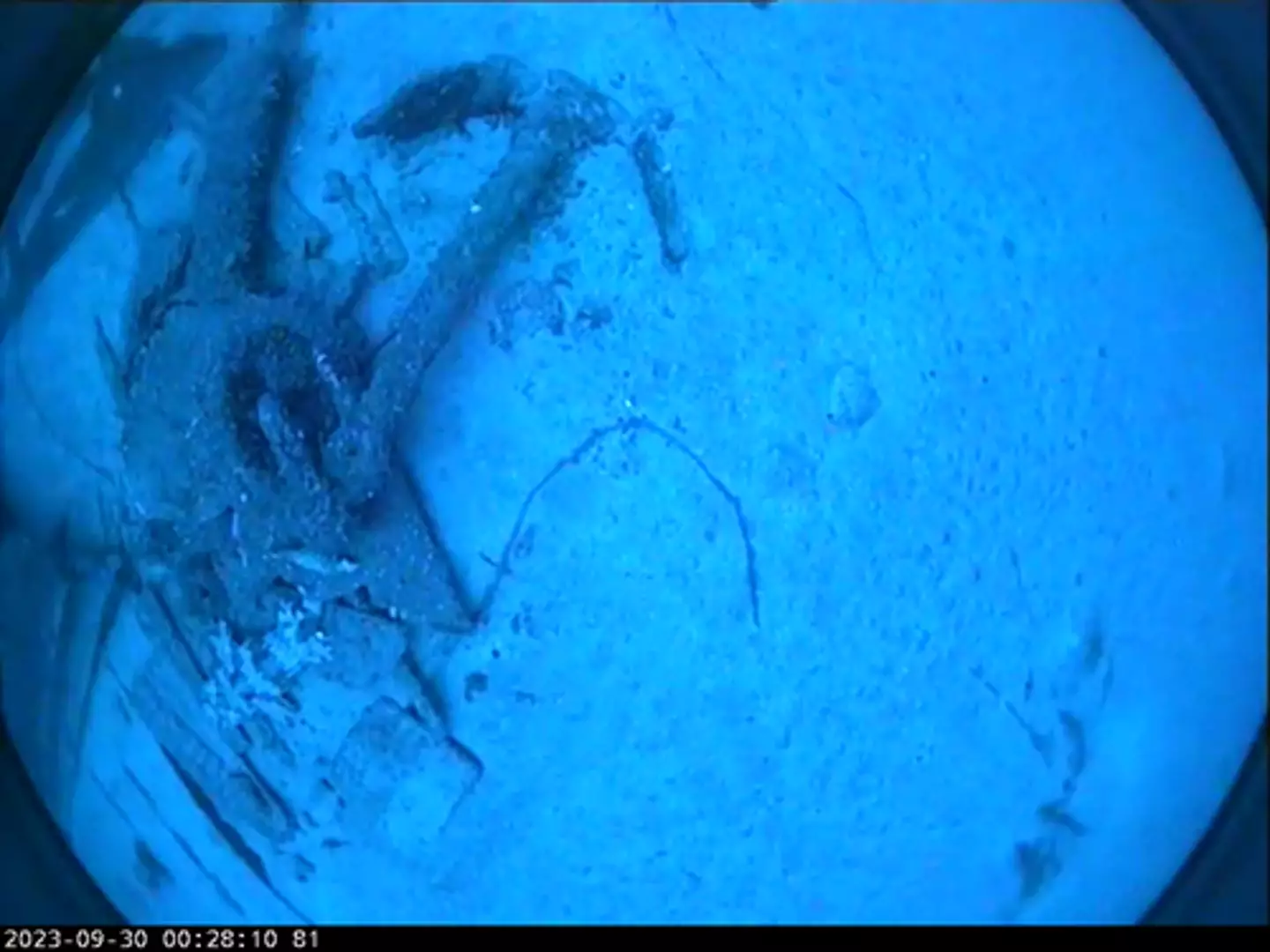.png)
A ship that went missing over a century ago has been discovered on the edge of a continental shelf.
On 9 July 1904, the SS Nemesis and its 32-member crew set off from Newcastle, Australia, headed for Melbourne.
Loaded up with coal, the 73-metre-long vessel never made it to its destination after going missing in a rough storm somewhere off the coast of New South Wales.
Advert
The last time the ship was seen, it was not far from the coast off Wollongong, where it was spotted by another ship nearby also caught in the rough seas.
In the weeks after this last appearance, bodies of the crew and parts of the ship – including the steering wall – began to wash up on Cronulla Beach.
But despite a huge amount of public interest in the missing ship and its crew from the likes of Australia, Britain and Canada, it was never found.

Then, after over a century in 2022, Subsea Professional Marine Services was scouring for lost cargo containers just off of Sydney when it ended up coming across the wreckage.
Advert
The remote sensor company basically stumbled across it accidentally just 16 miles from the shore.
With a strong hunch the wreckage was indeed the missing SS Nemesis, Heritage New South Wales got the Commonwealth Scientific and Industrial Research Organisation (CSIRO) involved so they could identify it for definite.
CSIRO used advanced multi-beam echosounders to map the seafloor before sending down cameras.

The organisation was able to capture underwater images of the wreckage and after comparing it to historical photos and sketches, were able to confirm it was the missing ship.
Advert
“The wreck is located towards the edge of the continental shelf and is sitting upright on the seafloor but is showing significant damage and deterioration at both the bow and stern,” CSIRO hydrographic surveyor Phil Vandenbossche explained in a press release.
“Our visual inspection of the wreck using the drop camera showed some key structures were still intact and identifiable, including two of the ship’s anchors lying on the seafloor.”

The investigation also allowed researchers to identify just what happened to the ship, as they know believe the engine was overwhelmed by the rough storm.
Advert
Then, as the SS Nemesis was hit by a mega wave, it sank far too quickly for lifeboats to be used.
Senior Maritime Archaeologist with Heritage NSW, Dr Brad Duncan, added: “This discovery and confirmation of the wreck’s identity not only provides significant archaeological information about the ship and wrecking event but, more importantly, may offer some solace to the families and friends of those who perished onboard as it provides a location at which they can mourn their loved ones.”
Those with potential family connections to the crew members who died during the SS Nemesis wreck are urged to to contact Heritage New South Wales.
Featured Image Credit: Youtube/CSIROTopics: History, Australia, World News, Technology
